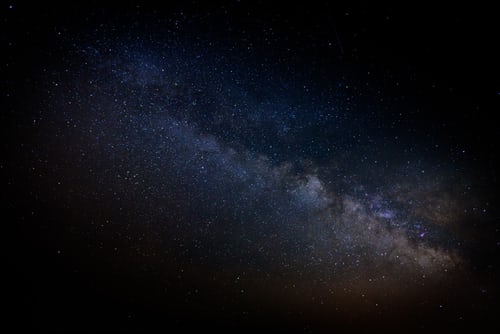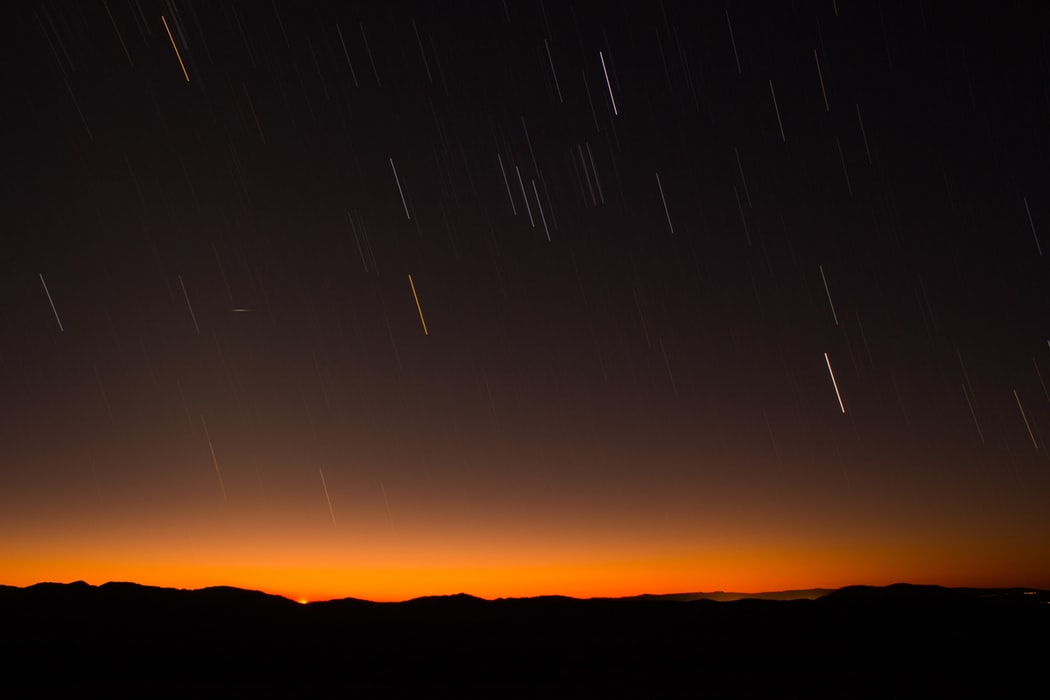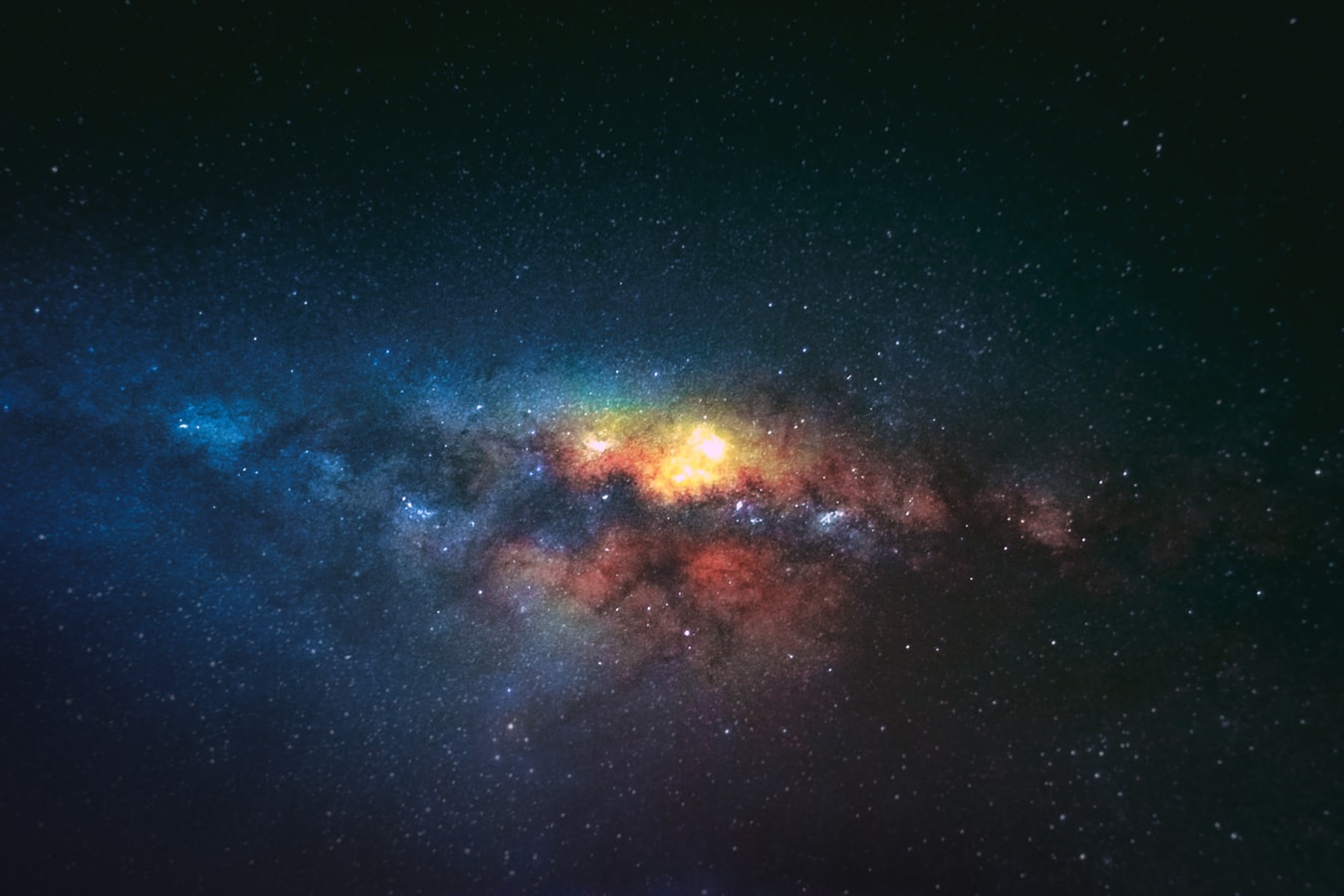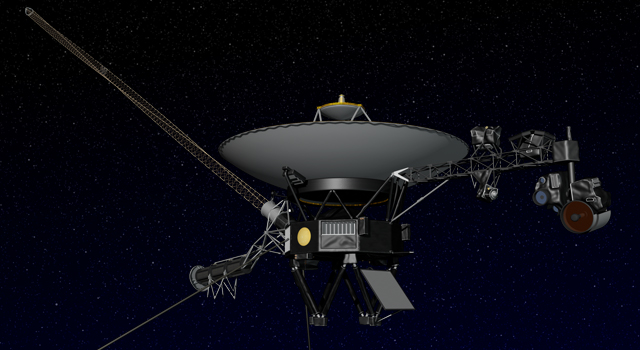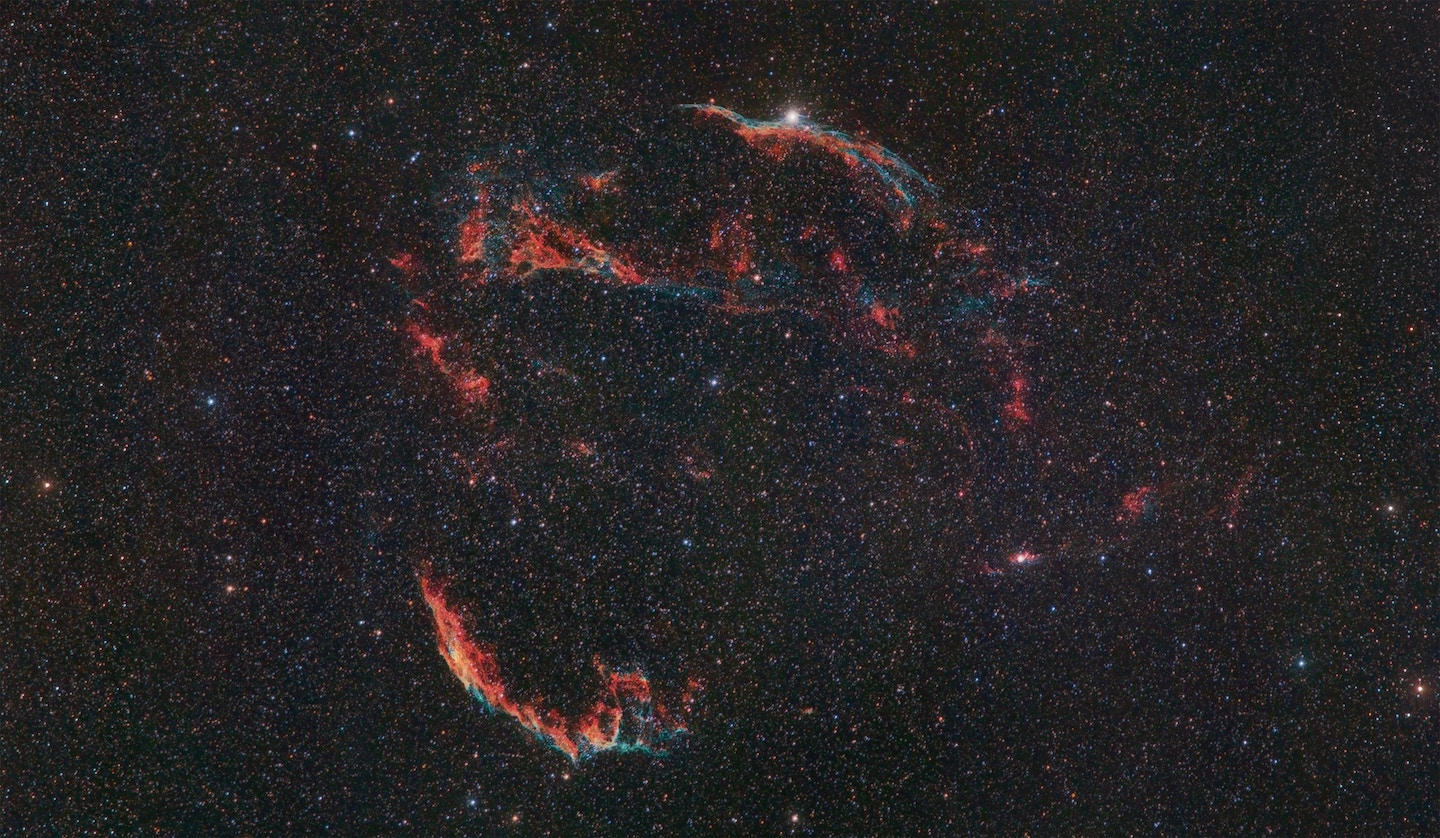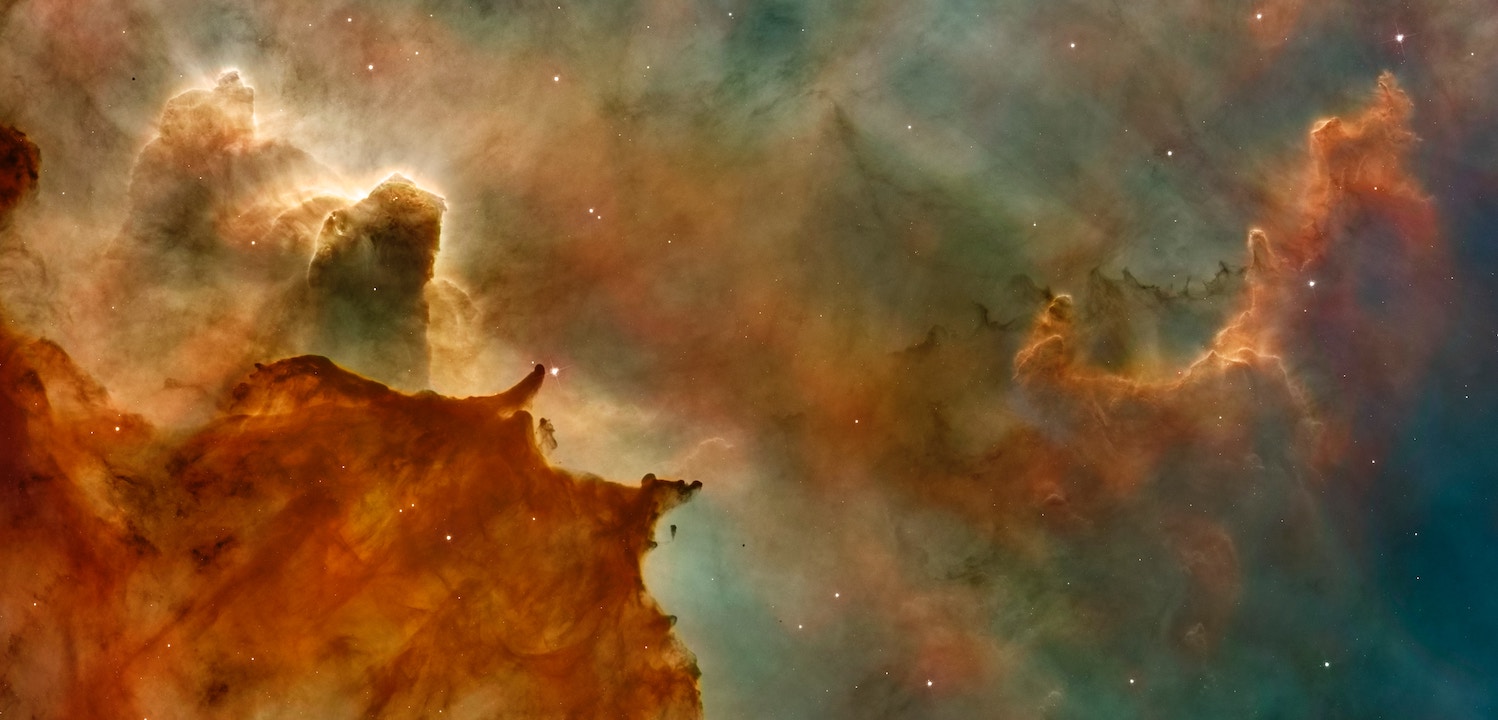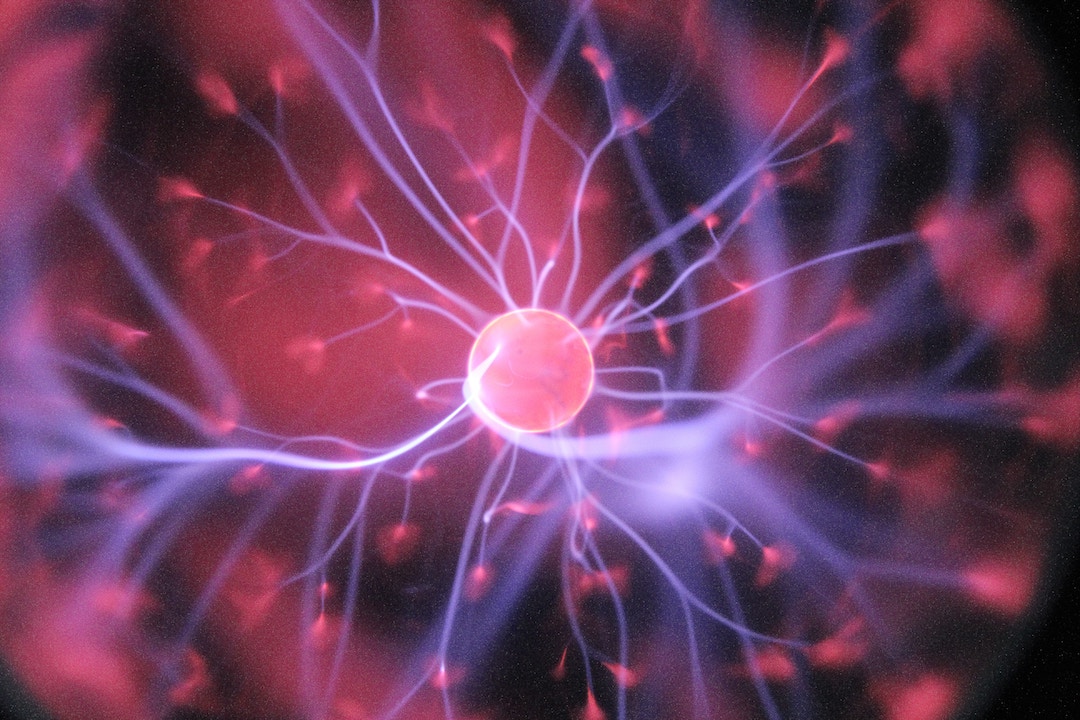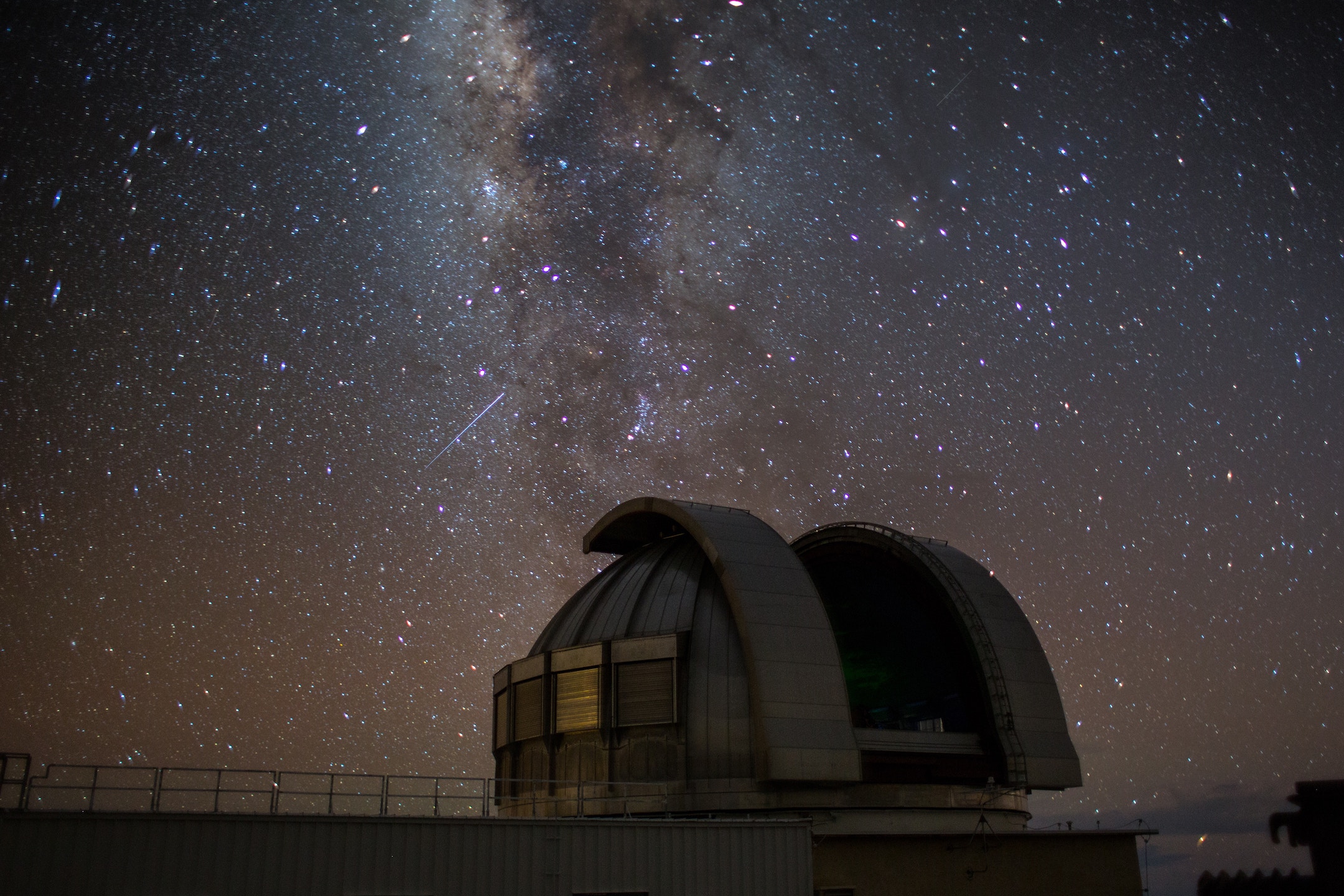Exoplanets Devouring The Atmosphere: What Have Astronomers Discovered?
Exoplanets have been a curiosity within the scientific community for a while. A study in 2014 found that 10% of exoplanets found with NASA's Kepler Telescope were massive in size. To date, astronomers have discovered about 4,000 exoplanets, ranging from the size of Earth to that of Neptune. The discovery prompted scientists to deepen their [...]

